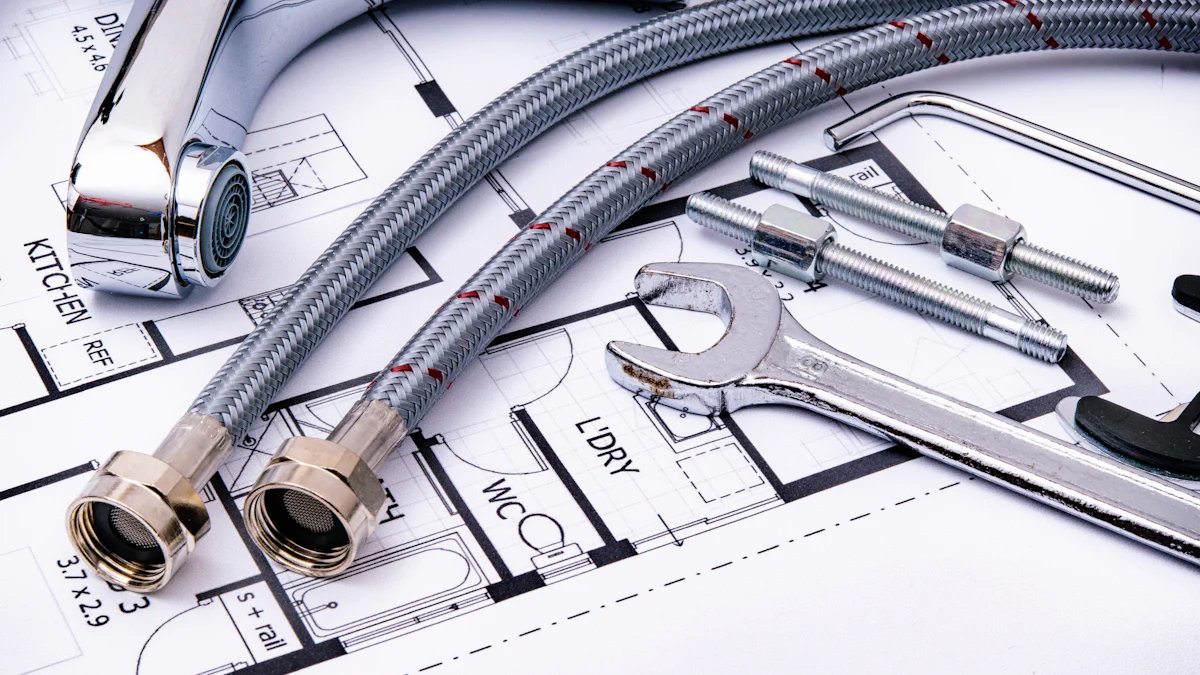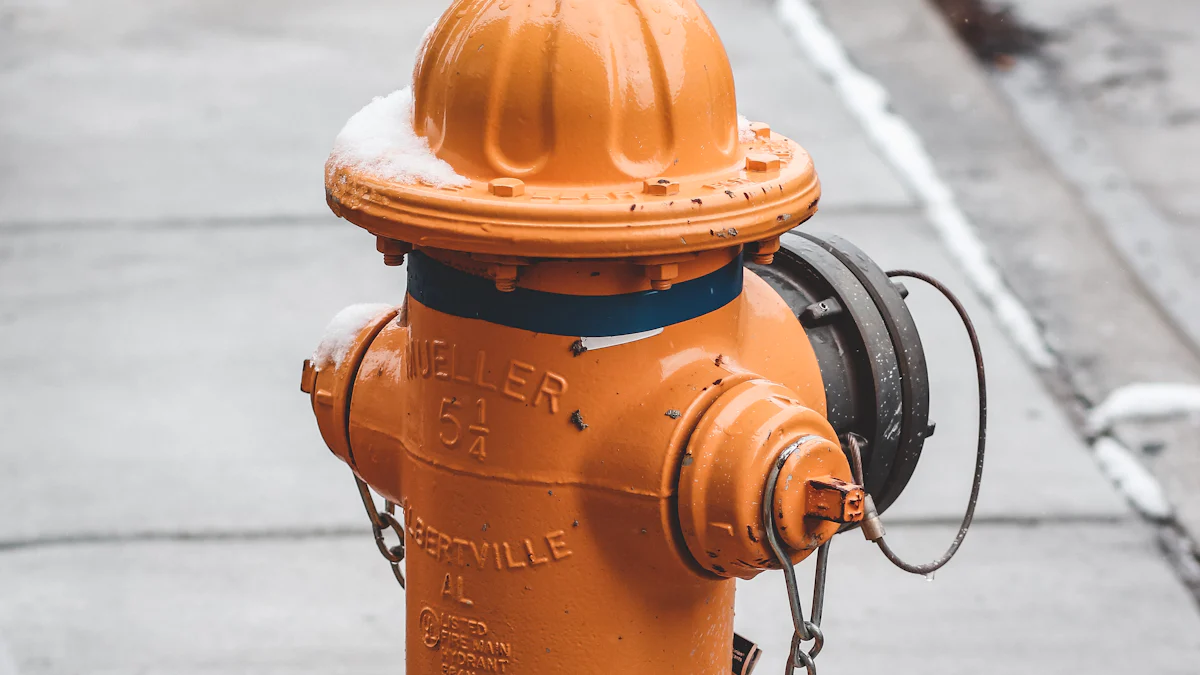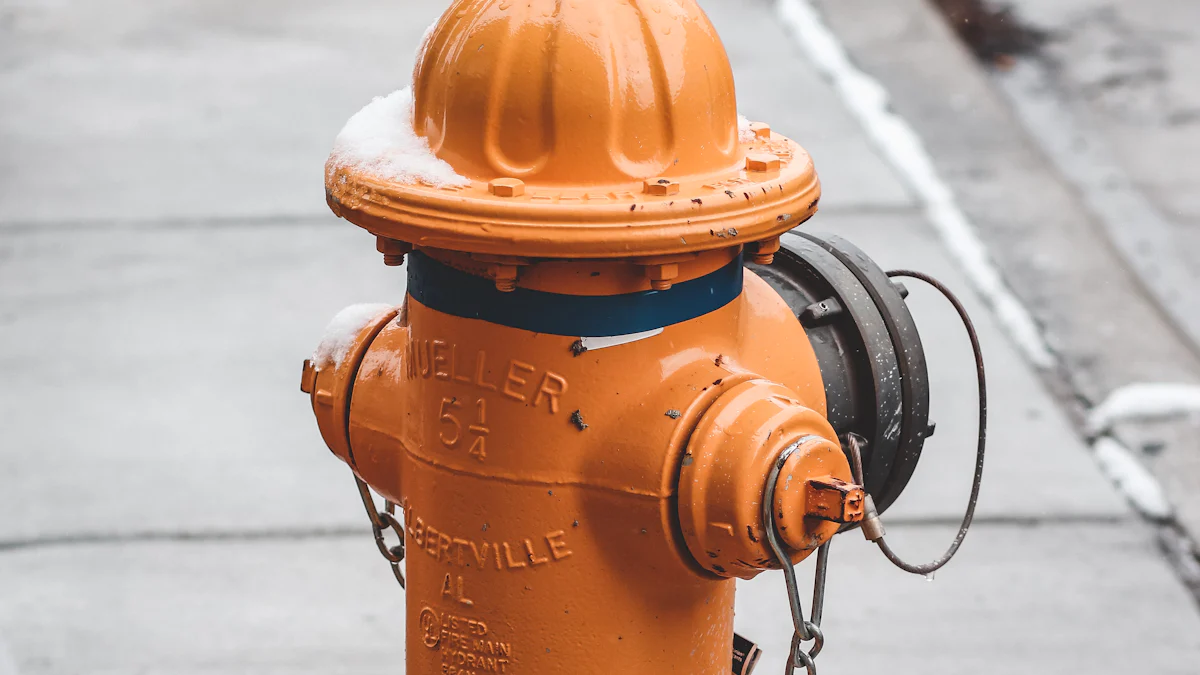
Selecting the right fire hydrant wrench ensures efficient and safe operation during emergencies. A suitable wrench allows quick access to water supply, which is crucial for firefighting efforts. Several factors influence the selection of a fire hydrant wrench. Material quality impacts durability and performance. Size and compatibility with hydrant nuts determine effectiveness. Ergonomic design enhances user comfort and reduces fatigue. Each factor plays a vital role in choosing the best tool for the task.
Understanding Fire Hydrant Wrenches

Types of Fire Hydrant Wrenches
Fire hydrant wrenches come in two primary types: adjustable and fixed. Each type serves specific purposes based on the needs of the user.
Adjustable Wrenches
Adjustable wrenches offer versatility for various hydrant sizes. These wrenches feature a movable jaw, allowing users to fit different nut sizes. The adjustable fire hydrant wrench is ideal for situations where hydrants have varying dimensions. Users can quickly adjust the wrench to fit pentagon or square nuts. This flexibility makes the adjustable wrench a popular choice among professionals who encounter different hydrant types regularly.
Fixed Wrenches
Fixed wrenches provide a stable and reliable option for standard hydrant sizes. These wrenches do not have moving parts, which enhances their durability. Users prefer fixed wrenches for tasks that require consistent torque application. The absence of adjustable components reduces the risk of mechanical failure. Fixed wrenches are often used in environments where hydrant sizes remain uniform.
Key Features to Consider
When selecting a fire hydrant wrench, several key features should guide your decision. These features ensure that the wrench meets your specific requirements and performs effectively.
Material and Durability
The material of a fire hydrant wrench significantly influences its durability. Common materials include galvanized iron, alloy steel, and plated iron. These materials provide strength and resist corrosion. A durable wrench withstands the demanding conditions of emergency and maintenance operations. Higher-priced wrenches often use superior materials, making them more suitable for professional use.
Size and Compatibility
Size and compatibility play crucial roles in the effectiveness of a fire hydrant wrench. Standard sizes fit most hydrants, but some situations require customizable options. Users must ensure that the wrench fits the specific nut size and type of the hydrant. Compatibility with various couplings and fittings ensures efficient operation. Selecting a wrench that accommodates diverse fire hydrant fittings is essential for maintenance procedures.
Ergonomic Design
Ergonomic design enhances user comfort and reduces fatigue during operation. A well-designed fire hydrant wrench features an extended handle for better grip and leverage. The ergonomic design minimizes strain on the user’s hands and arms. This feature is particularly important for tasks that require prolonged use. An ergonomic wrench allows users to perform tasks efficiently without discomfort.
Factors to Consider When Selecting a Fire Hydrant Wrench

Material Quality
Steel vs. Aluminum
Material quality plays a crucial role in the performance of a fire hydrant wrench. Steel wrenches offer exceptional strength and durability. These tools withstand heavy use and resist wear over time. Aluminum wrenches, on the other hand, provide a lightweight alternative. These tools are easier to handle for extended periods. Consider the specific needs of your tasks when choosing between steel and aluminum.
Corrosion Resistance
Corrosion resistance ensures the longevity of a fire hydrant wrench. Galvanized iron and plated iron are popular choices for their anti-corrosive properties. These materials prevent rust and deterioration in harsh environments. A corrosion-resistant wrench maintains its functionality over time. This feature is essential for tools exposed to moisture and outdoor conditions.
Size and Fit
Standard Sizes
Standard sizes accommodate most fire hydrants. These wrenches fit common nut dimensions found on hydrants. A standard-sized wrench offers convenience and reliability. Ensure compatibility with the hydrants you work with regularly.
Customizable Options
Customizable options cater to unique hydrant specifications. Some wrenches allow adjustments to fit various nut sizes. An adjustable socket or thumb screw feature enhances versatility. Customizable wrenches adapt to different hydrant types. This flexibility proves valuable for professionals dealing with diverse equipment.
Additional Features
Multi-functional Tools
Multi-functional tools combine several functions into one wrench. These tools open and close valves, remove caps, and attach hoses. A multi-functional wrench streamlines operations and saves time. Consider the range of tasks you perform when selecting a tool.
Safety Features
Safety features enhance user protection during operation. An extended handle provides better leverage and reduces strain. Ratchet action allows faster operation with less effort. Safety features ensure efficient and secure handling of hydrants. Prioritize these aspects to improve workplace safety.
Tips for Making the Right Choice
Assessing Your Needs
Frequency of Use
Evaluate how often you will use the fire hydrant wrench. Frequent use requires a durable and reliable tool. Occasional use might allow for a more budget-friendly option. Consider your specific tasks to determine the best choice.
Specific Requirements
Identify the specific requirements of your job. Different hydrants may need different wrenches. Ensure compatibility with the hydrants you encounter. Consider any unique features that might enhance your efficiency.
Budget Considerations
Cost vs. Quality
Determine your budget and find a balance between cost and quality. Higher-priced wrenches often offer superior materials and features. Casual users might not justify the higher price point. Evaluate the benefits of each option to make an informed decision.
Long-term Investment
Consider the long-term investment of your purchase. Durable materials like alloy steel or plated iron provide lasting performance. A well-chosen wrench enhances safety and efficiency during emergencies. Investing in quality ensures reliability over time.
Selecting the best fire hydrant wrench requires careful consideration of several factors. Material quality, size, and ergonomic design play crucial roles in ensuring effective performance. Customers have praised wrenches for their exceptional durability and ease of use, making them reliable for frequent use. A heavy-duty build ensures reliable performance in emergencies. Lowell Corporation emphasizes understanding the differences between tools like the SureTork Socket Wrench and traditional options. Choose a wrench that meets your specific needs and offers great value for the price. Make an informed decision to enhance safety and efficiency during operations.
